Google Shopping Keyword Strategy: How to Win More Clicks

Running Google Shopping campaigns without a keyword strategy is like throwing darts in the dark, you’re spending money, but you’re not sure what you’re aiming at.
Unlike Search Ads, Google Shopping doesn’t let you choose keywords directly, but that doesn’t mean keywords don’t matter. In fact, understanding and optimizing your Google Shopping keywords is one of the best ways to increase visibility, clicks, and sales without blowing your budget.
| What you’ll learn in this article: ● How keywords actually work in Google Shopping campaigns ● How to do effective Google Shopping keyword research ● Practical tips to improve your Google Shopping keyword performance ● Real-world examples of high-performing product titles and descriptions |
Do Google Shopping Ads Use Keywords?
Yes, but not the way you might expect.
Google Shopping campaigns don’t use manual keywords like Search campaigns. Instead, Google automatically matches your products to user search queries based on your product feed, especially the product title, description, and Google Product Category.
So technically, you don’t bid on keywords, but Google still uses keywords to determine whether your product is relevant to a user’s search.
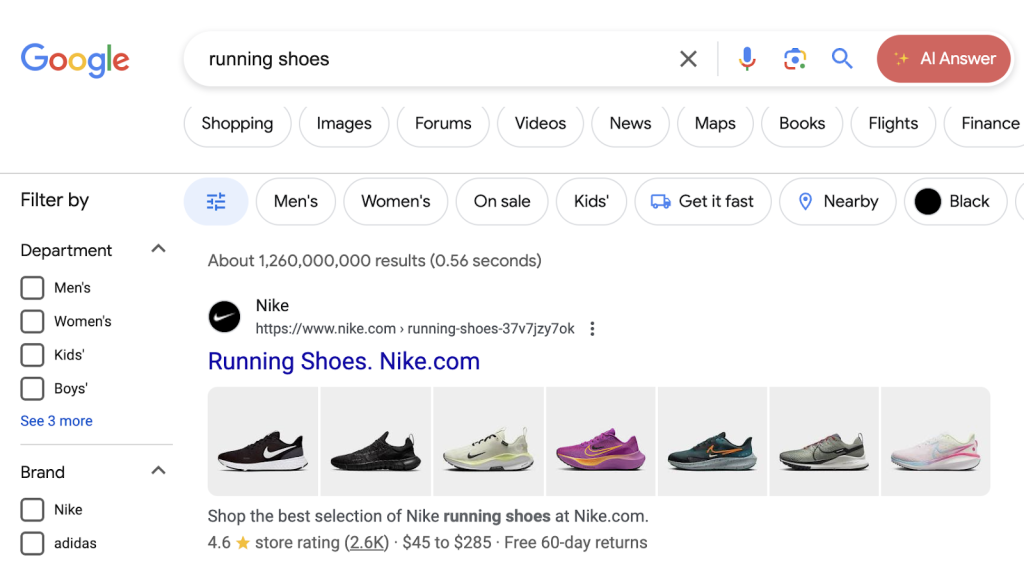
How Google Shopping Keywords Really Work?
Google Shopping doesn’t use keywords in the traditional sense; you can’t just pick and bid on them like you would in Search campaigns. Instead, Google scans your product data and matches it to relevant search queries automatically.
Product Title Carries the Most Weight
Among all fields in your product feed, the title is the most powerful. It’s the first thing Google looks at when determining relevance for a search.
Because of that, your title should include the most important keywords, brand, product type, size, color, or model, placed as early as possible.
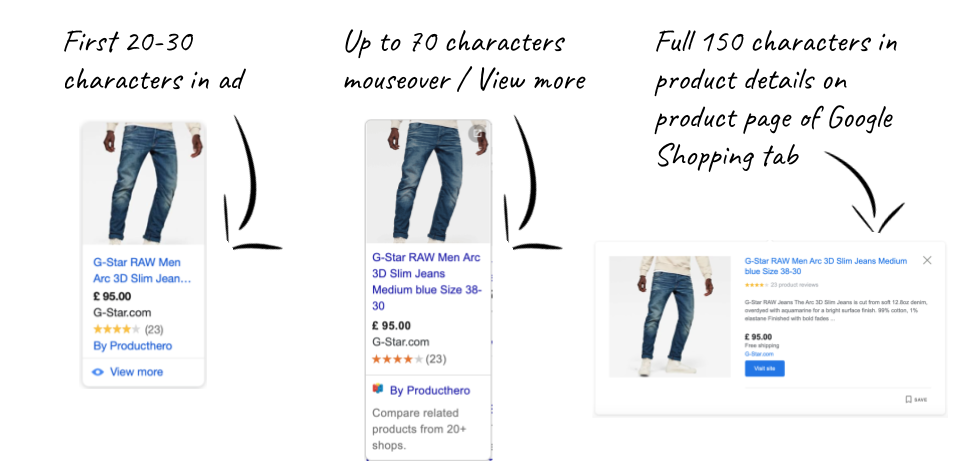
Description Adds Supporting Context
The product description helps Google understand the product in more depth. It gives extra clues about what your item is and who it’s for.
More importantly, a well-written description can help you rank for long-tail or variant-specific searches that may not fit in the title.
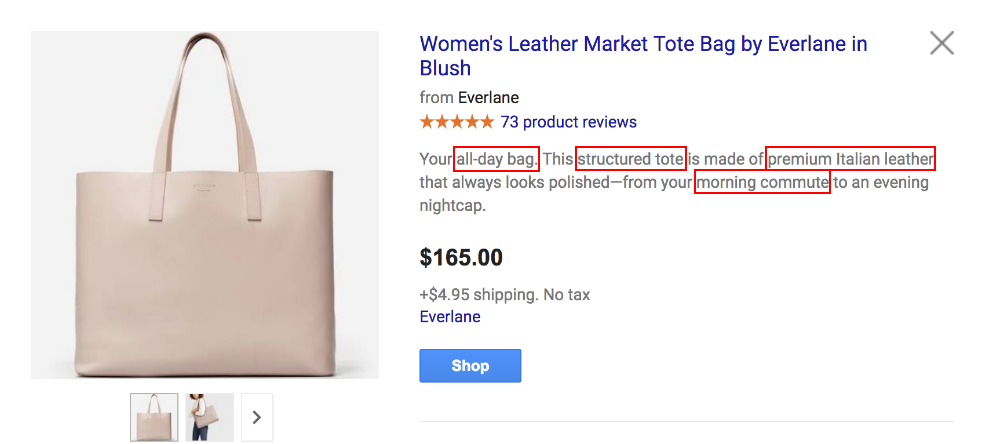
Product Type and Category Help Google Group Listings
The Google Product Category (GPC) and custom product type fields give Google a broader classification. They help Google match your product with similar ones from other stores.
As a result, setting the right category makes sure you’re competing in the right space and not losing impressions to irrelevant queries.
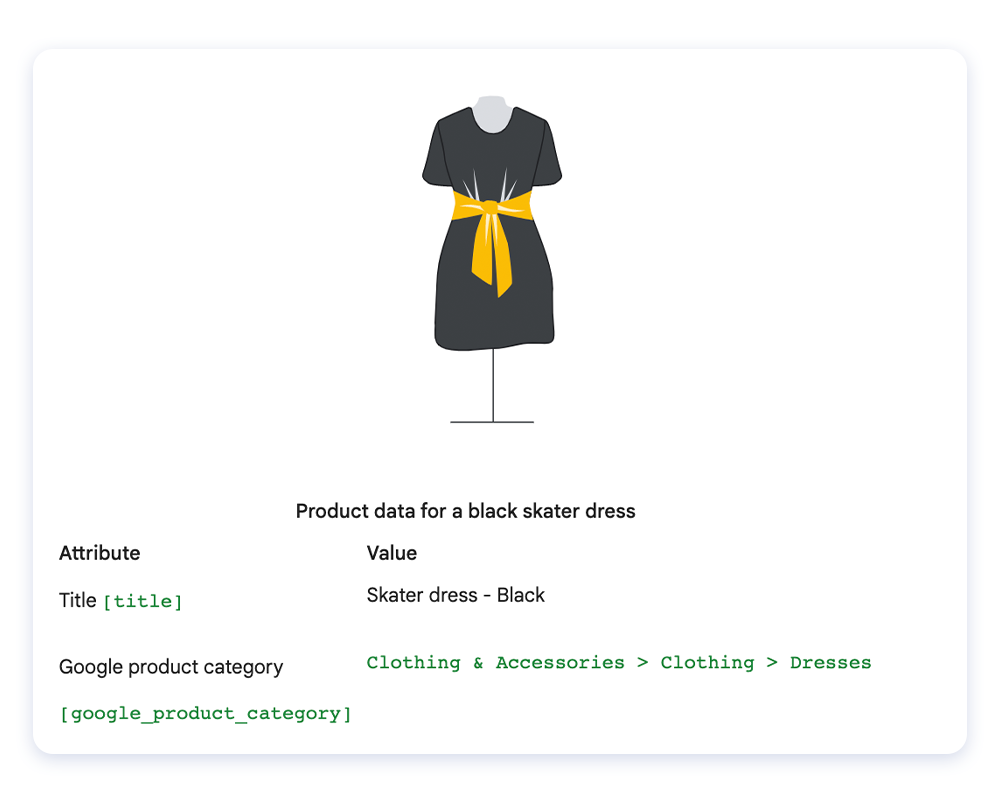
Backend Attributes Also Play a Role
If you’re selling through platforms like Shopify or using third-party feed apps, there may be additional fields like tags, MPN, or GTIN. These also feed into Google’s matching logic.
In some cases, these hidden data points can influence how your products show up for brand-specific or technical searches.
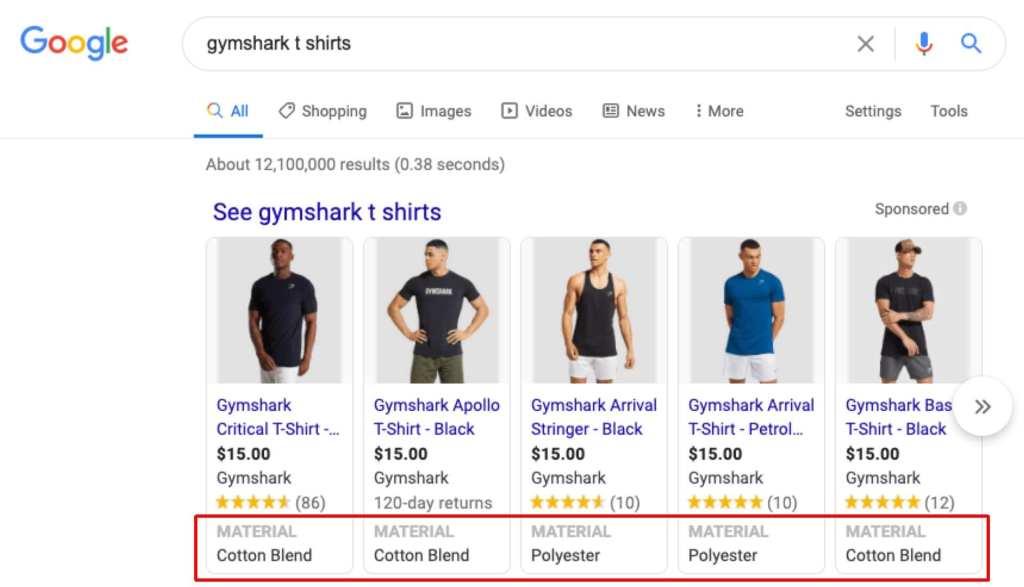
Why Keyword Strategy Still Matters in Google Shopping
Many merchants make the mistake of uploading a feed and hoping for the best. But without a solid Google Shopping keyword strategy, you’ll likely appear for irrelevant searches, or worse, lose impressions to competitors selling the same product.
By understanding keyword intent, you can:
- Appear in front of buyers who are ready to purchase, not just people casually browsing or doing research. Targeting commercial and transactional queries boosts your conversion potential.
- Cut down on wasted ad spend by filtering out low-intent traffic, such as users looking for free items, tutorials, or unrelated products. Every irrelevant click saved is budget reallocated to better leads.
- Strengthen your product listing competitiveness by ensuring your titles and descriptions speak the same language as your ideal customer. This improves relevance and Quality Score in Google’s eyes.
Google Shopping Keyword Research: How to Do It Right
Even though you can’t manually target keywords in Shopping campaigns, keyword research still plays a key role in shaping how Google understands and surfaces your products.
Let’s explore four effective ways to find the right keywords for your product feed.
Use Google Search Terms Report
The search terms report in Google Ads shows exactly what users typed before clicking your Shopping ad. It’s the most direct way to see how your products are being matched.
More importantly, it helps you identify which terms drive conversions, so you can optimize your titles accordingly and add negative keywords to block irrelevant ones.
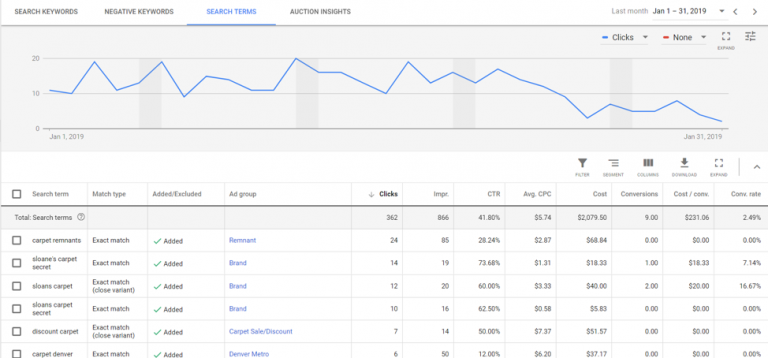
Use SEO Tools Like Ahrefs or Semrush
Tools like Ahrefs, Semrush, or Ubersuggest can help you uncover transactional keywords, the kind of terms people search when they’re ready to buy.
In fact, this is where you might discover long-tail phrases like “wireless Bluetooth headphones under $100” instead of generic one-word terms like “headphones.”
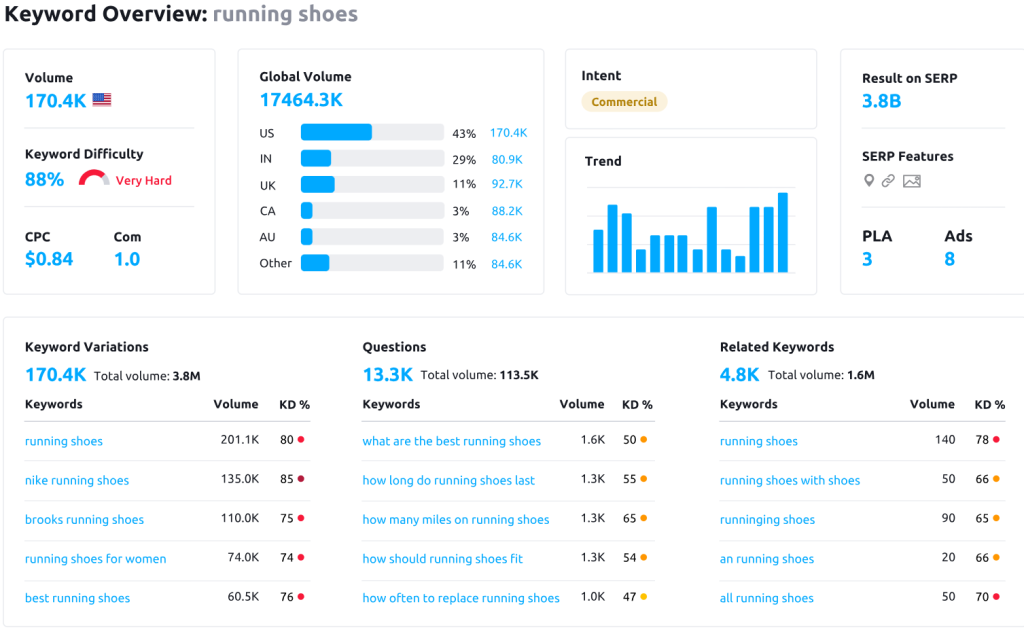
Analyze Competitor Listings
Your competitors’ product titles are often filled with tested keywords that already perform well. Simply search your own products in Google Shopping and look at the top results.
By doing this, you’ll start to notice patterns, certain phrases and attributes that appear repeatedly. These can guide how you craft your own product titles.
Use Keyword Planner for Search Themes
While Google’s Keyword Planner is technically designed for Search Ads, it still provides helpful insights into volume and user intent. You can use it to brainstorm product title variations.
As a result, you can find keyword clusters or themes that are relevant to your products, especially useful when writing descriptions or planning campaign segmentation.
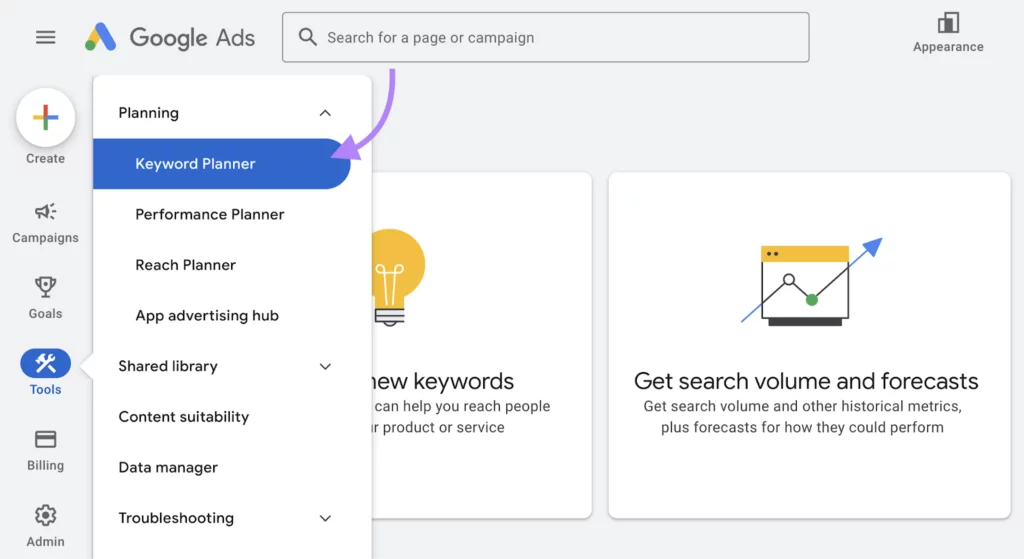
How to Add Keywords to Google Shopping Ads?
You can’t add keywords directly to Google Shopping Ads like you can with Search Ads. Instead, Google pulls keywords from your product data feed.
The best way to influence which searches your ads appear for is to optimize your product titles by placing important keywords at the front, and enhance your product descriptions with clear, natural language that includes relevant search terms shoppers are likely to use.
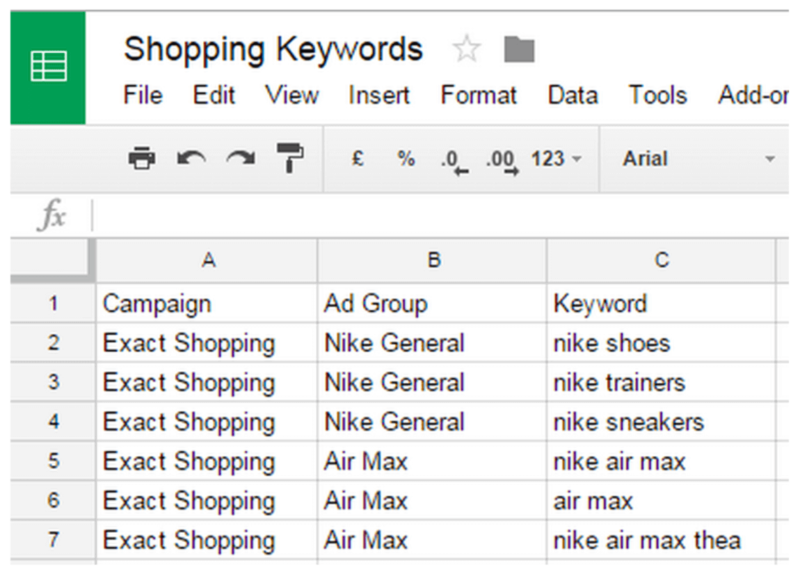
Google Merchant Center now supports Attribute Rules, which let you programmatically modify or append values (like adding keywords) across your product feed, without editing your source feed.
For example, you can use rules to add “waterproof” to all product titles that include “jacket” or insert seasonal keywords like “summer” into descriptions.
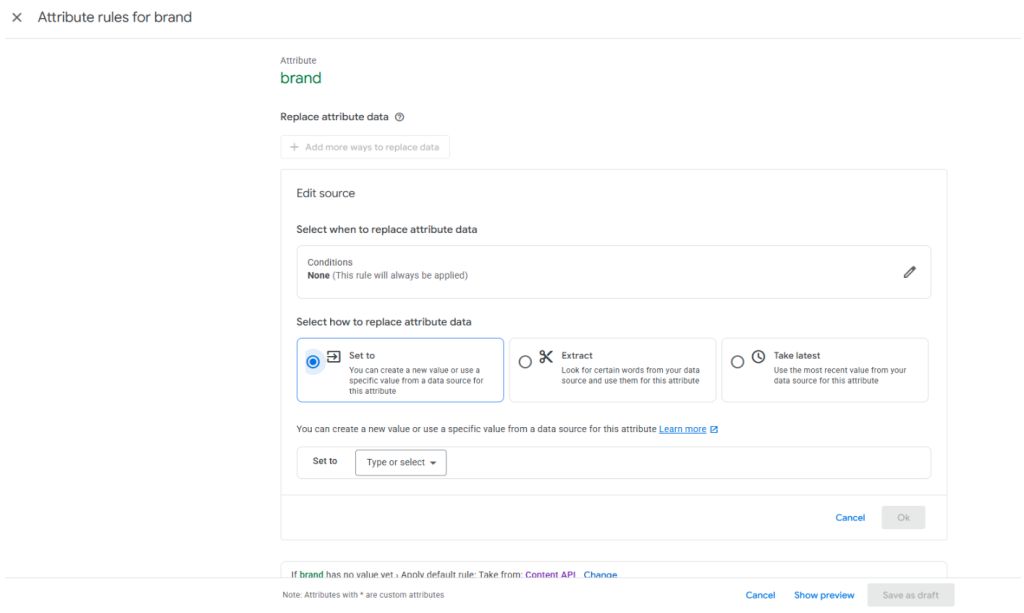
Tips to Optimize Google Shopping Campaign Keywords
Even though you can’t bid on keywords directly in Google Shopping, you can still guide Google’s algorithm by optimizing your product feed strategically.
Here are four ways to improve keyword targeting without manual bidding.
Write Keyword-Rich Product Titles
Your product title is the most important field Google uses to match search queries. A clear, keyword-focused title increases your chances of appearing in relevant results.
For this reason, place high-intent keywords, like product type, brand, color, or size, at the beginning. This ensures your product gets indexed correctly for valuable searches.
👉 Learn More: Key Things Missed in Google Shopping Product Title Optimization
💡 If you’re using Shopify, apps like Feednexa make it easy to customize product titles and descriptions for Google Shopping without changing your original listings. This gives you keyword flexibility and better control over your ad visibility.
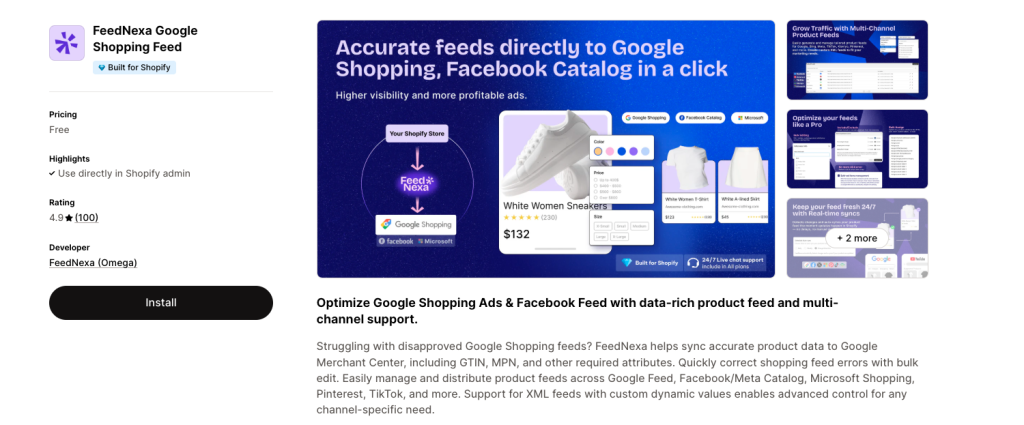
Refine Product Descriptions
The description gives extra context beyond the title, helping Google better understand your product’s purpose and features. It also impacts which long-tail keywords your product might rank for.
Additionally, include common variations, materials, and relevant attributes naturally. Avoid keyword stuffing, but make sure the language mirrors how shoppers actually search.
Use Negative Keywords
Negative keywords are essential for filtering out unwanted traffic. They stop your ads from showing up for irrelevant or low-intent queries that waste budget.
As such, regularly review your search terms report and add terms like “manual,” “free,” or “repair” if they don’t align with what you’re selling.
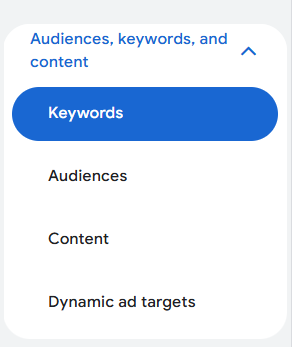
Segment Campaigns by Priority
Shopping campaigns allow you to set priority levels, high, medium, or low, to determine which campaign gets triggered when multiple campaigns have the same product.
With this approach, you can route high-intent search terms toward top-performing products, while filtering broad or low-converting queries into lower-priority, tightly controlled campaigns.
💡 Try a feed optimization tool like Feednexa, which lets you edit product titles, descriptions, and custom labels directly, so you can guide Google toward better keywords without touching your store data.
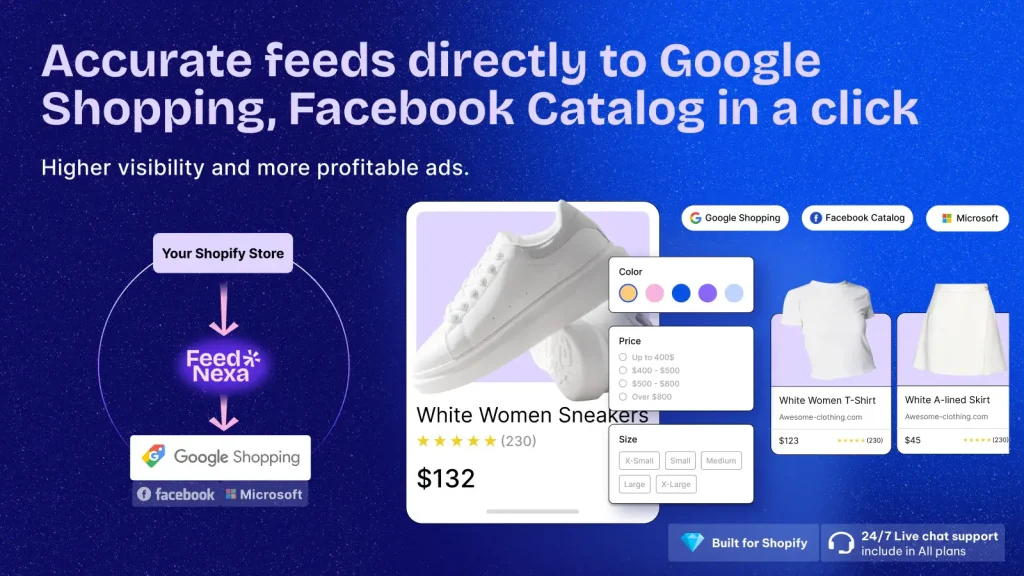
Real Examples of High-Converting Product Titles and Descriptions
The right wording can boost both clicks and conversions. Here’s a quick example of a product title that gets it right.
Product Titles Example
“Levi’s 501 Original Fit Men’s Jeans”
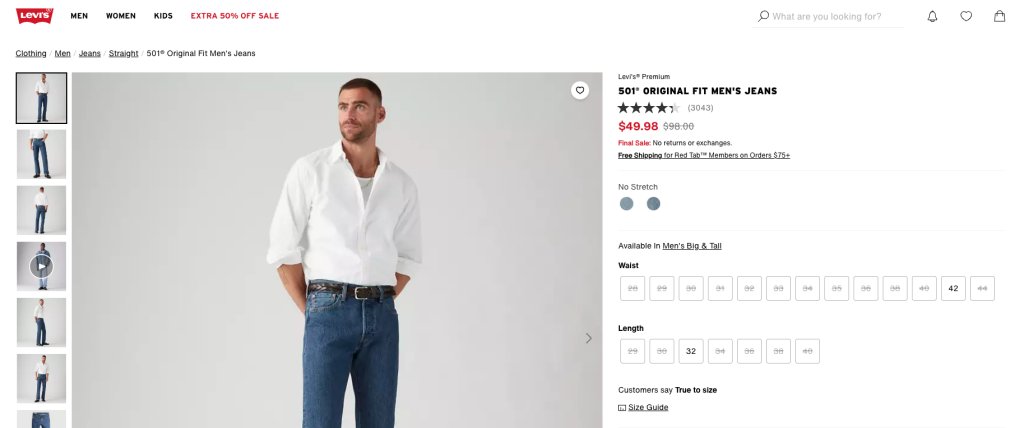
This product title is a textbook example of keyword-first writing. It includes:
- Brand name: “Levi’s” appears right at the front, which helps attract brand-loyal shoppers and triggers Google Shopping matches for branded queries.
- Model name: “501 Original Fit” is a high-search volume term associated with Levi’s signature line.
- Product type and target audience: “Men’s Jeans” clearly communicates the category and demographic.
📌 Why it works:
This title series adheres to the ideal format: Brand + Model + Product Type + Gender. It matches the search methodology of buyers and provides Google with the right signals to list the product conclusively.
Product Descriptions Example
CeraVe Hydrating Facial Cleanser
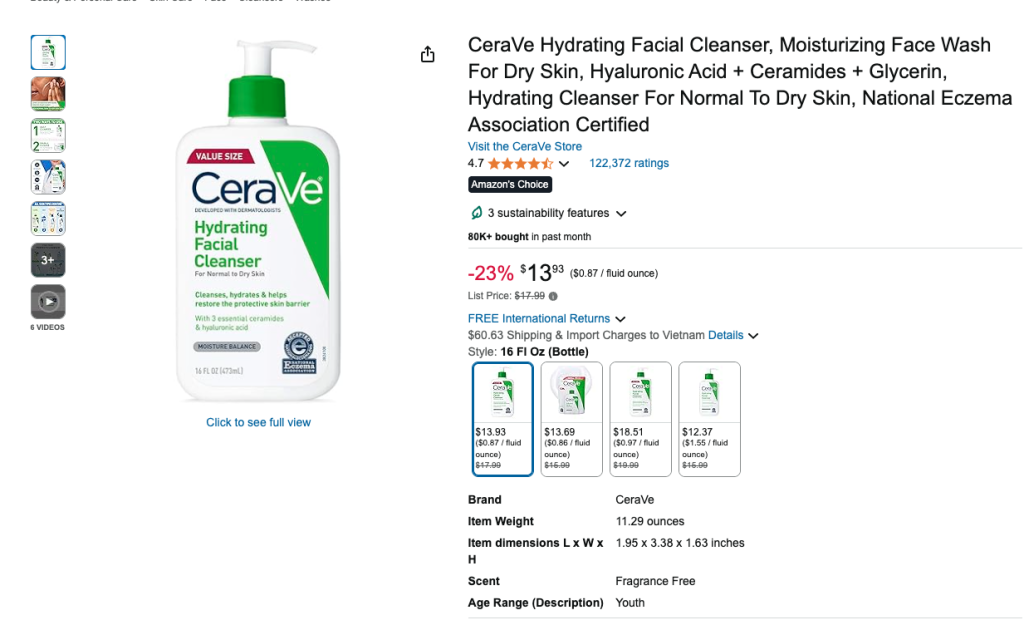
“Gentle yet effective, CeraVe Hydrating Facial Cleanser removes dirt and oil while replenishing moisture. Formulated with ceramides and hyaluronic acid, this non-foaming cleanser maintains the skin’s natural barrier, leaving it soft and refreshed. Suitable for normal to dry skin types.”
📌 Why it works:
- Keyword clarity: The product name “CeraVe Hydrating Facial Cleanser” appears in full right at the beginning.
- Functional keywords: Phrases like “removes dirt and oil,” “non-foaming cleanser,” and “for normal to dry skin” align with specific user intent and common skincare queries.
- Ingredient callouts: Mentioning “ceramides” and “hyaluronic acid” not only improves SEO but appeals directly to informed shoppers.
- Natural language: The tone is clean, benefit-driven, and trust-building, essential for health and skincare products.
Final thoughts
Although Google Shopping keywords aren’t manual, they can still make or break your campaigns. The key is to understand how Google considers your feed and then shape your feed with that insight, consistently placing the best keywords.
So, just don’t sell blind. With keyword research, keep tweaking the titles and descriptions along with keeping an eye on the search term data.
A smart campaign begins with a smart feed, thus the right keywords.